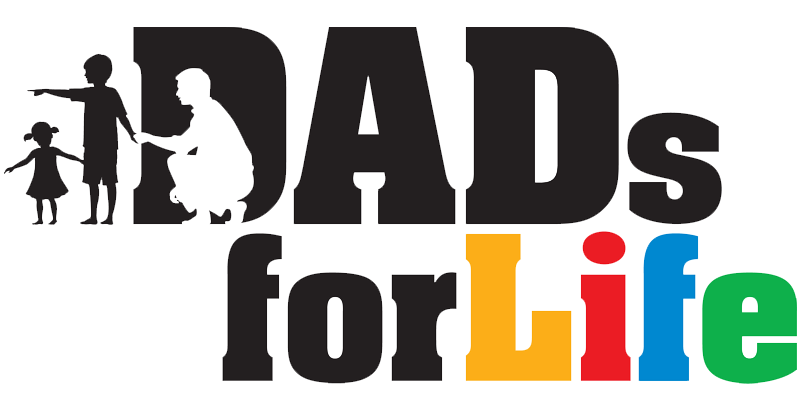Source: Liau, A. K. , Khoo, A. & Ang, P. H. (2008). Parental awareness and monitoring of adolescent internet use. Current Psychology. 27(4).
Introduction
 Research in numerous countries has indicated that large numbers of adolescents use the Internet regularly. Given adolescents’ increasing use of the Internet, there has been much concern about its impact on adolescent development. While numerous studies have examined parents’ attitudes towards the Internet, less empirical research has been done to investigate parents’ awareness and monitoring of adolescents’ Internet use.
Research in numerous countries has indicated that large numbers of adolescents use the Internet regularly. Given adolescents’ increasing use of the Internet, there has been much concern about its impact on adolescent development. While numerous studies have examined parents’ attitudes towards the Internet, less empirical research has been done to investigate parents’ awareness and monitoring of adolescents’ Internet use.
This article provides a summary of a local study on this topic. The study investigated parents’ awareness of adolescents’ Internet use by comparing parent-reports and adolescent self-reports of (1) specific Internet behaviours such as frequency of use, types of websites visited, and engagement in risky Internet behaviours; and (2) the amount of parental monitoring of home Internet use, specifically: parental supervision, communication, tracking, and adolescent disclosure.
Methodology
Data were obtained from a SAFT (Safety Awareness for Teens Project) national survey of Singaporean youths and parents regarding Internet safety at home. Study 1 examined 1,124 adolescents and 1,002 parents. The adolescents’ ages ranged from 12 to 17. The parents in the sample were not related to the adolescents except for a subsample of 169 adolescents and parents from two schools. This subsample, of 169 parent-adolescent dyads, was the focus of Study 2. This group of adolescents had ages ranging from 12 to 16.
Key Findings
Parents underestimate adolescents’ use of inappropriate websites
The results from both Study 1 and Study 2 suggest that parents tend to underestimate adolescents’ use of inappropriate websites such as pornographic sites, and engagement in risky Internet behaviours such as meeting face-to-face someone first met online.
One possible reason that parents might be unaware of their adolescents’ Internet use is that adolescents try to protect their privacy from parents. Livingstone and Bober (2004) found that two thirds of 12- to 19-year-old home Internet users have attempted to protect their privacy online. The present study found that 63.2% of adolescents who use the Internet reported that it is possible for them to use the Internet somewhere without their parents knowing about it.
Research indicates that the need for privacy is characteristic of adolescence, a transitional period in the progression towards self-reliance. During this developmental stage, parents have to strike a balance between promoting individuality and granting decision-making privileges for adolescents on the one hand, while monitoring and guiding their behaviour, on the other.
Adolescents may view the Internet as a domain where they can develop their own individuality and make their own decisions. In fact, researchers in the SAFT study found that adolescents reported experiencing the Internet as a “liberating free zone where teenagers’ own logic and set of rules reign” (Bjornstad & Ellingsen, 2004).
Parents overestimate the supervision they provide
In addition, it appears that parents tend to overestimate the amount of parental supervision and communication they provide regarding Internet safety.
The authors emphasize that disagreement between parent and adolescent reporting of parental monitoring does not necessarily imply that one is “right” and the other is “wrong”. They suggest that a likely reason for the gap is that parents believe they are supervising their adolescents when what they are doing is in reality minimal. For instance, parents may consider a mere “look over the shoulder” as a form of parental monitoring. Such methods may not be very effective. Conversely, if there are too many rules and restrictions regarding Internet use at home, it is likely that adolescents will access the Internet at other places such as a friend’s home or at a cyber-cafe (Khoo et al. 2006).
Mothers have a better awareness than fathers of adolescent Internet use
The study also indicated that mothers have a better awareness of their adolescents’ Internet use than fathers. Mothers were more likely to be aware of their adolescents’ problematic Internet use such as visiting pornographic websites or having a face-to face meeting with someone first met online. As reported by parents, adolescents were more likely to disclose to mothers than fathers that they have encountered situations on the Internet that made them feel uncomfortable.
Fathers and sons diverge most in reports of adolescents’ Internet use
With regard to the agreement between parents and adolescents in reporting adolescents’ frequency of Internet use, the largest gap was between fathers and sons. In other words, both mothers and fathers were able to predict their daughters’ frequency of use, and mothers were able to predict their sons’ frequency of use. However, fathers seem less able to predict their sons’ frequency of use.
Implications
In surveying pairs of adolescents and their parents, the study sheds light on the Internet generation gap. The findings also affirm conventional wisdom about parenting: an effective strategy would be for parents to encourage open communication with their children regarding their Internet use, and use participative decision-making to set specific rules about the limits of their Internet behaviour.
About the Author: The Dads for Life Resource Team comprises local content writers and experts, including psychologists,counsellors, educators and social service professionals, dedicated to developing useful resources for dads.
First published on 21-03-2013.
